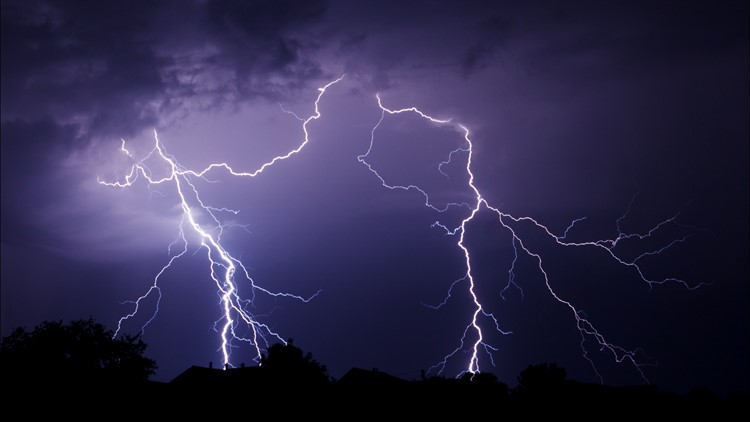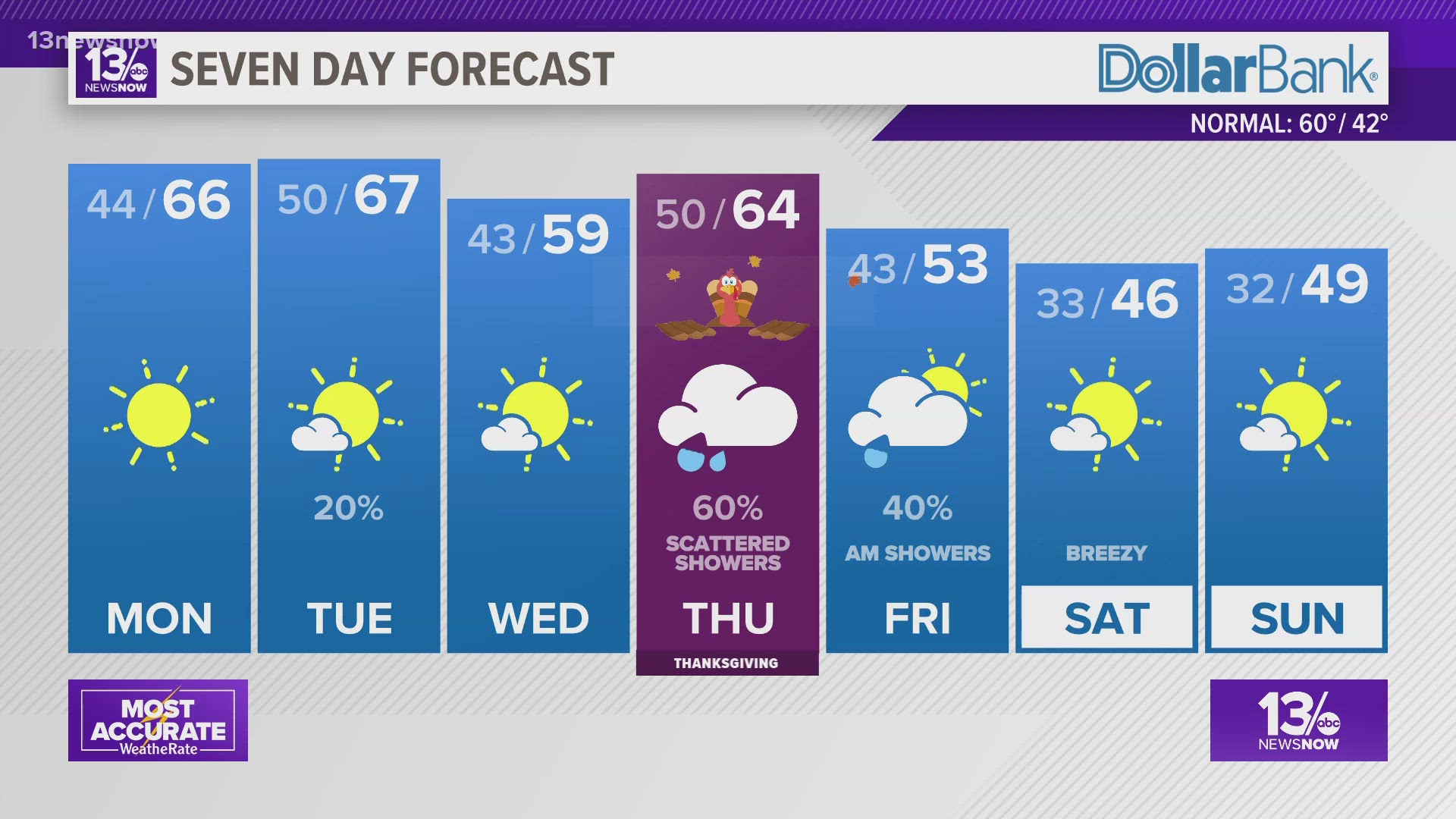NORFOLK, Va. — This week is Severe Weather Awareness Week in Virginia. Each day will focus on a different type of severe weather, and here at 13News Now we will have a series of stories to match the National Weather Service point of emphasis/education for that particular day.
So, today I will start with “severe weather terminology”.
There are three main types of alerts that are issued for severe weather, and several different types of severe weather for which there are alerts that are issued.
The types of weather that prompt alerts are quite varied and range from local events to more wide-scale storm systems. Severe local storms are the first type of storm. Often when we talk about severe local storms we are talking about thunderstorms.
Winter storms would be another type of system for which you might get an alert.
Flooding alerts can be for many different types of flooding, ranging from flash flooding to river flooding. River flooding often lags after a significant rain by several days as runoff from a region makes its way down creeks and streams into a river.
Coastal and lakeshore hazards also cause people to receive alerts about pending threats.
Marine hazards are yet another type of severe weather that we experience quite frequently here in Hampton Roads, as are hazards from Tropical systems.
Finally, there are events that are non-precipitation related that can kill, injure, or cause significant property damage. Those include heat and cold, fog, and winds, to name a few of them.
Now that we’ve talked about the types of weather for which we get alerts, let's talk about the different types of alerts.
The three types of alerts are “warnings”, “watches”, and “advisories”, although there is talk of doing away with advisories and/or special weather statements.
The two main types that people need to worry about are the watches and the warnings. Watches are issued before something even happens and simply means that “conditions are favorable for the development of…”
We like to say that you can remember what watches are by saying that it means “watch” 13News Now to see if something will develop.
Once something actually does occur with a type of severe event then you get a “warning”. So, when you hear a severe thunderstorm watch it simply means strong storms MAY form later. A winter storm watch means dangerous winter conditions MAY form later. The same goes for any type of severe weather watch. In the military, they post some on “watch” to keep a lookout for something bad happening. Our watches mean the same thing. Simply keep alert and be aware warnings may be issued if the expected type of bad weather actually occurs.
As I said, once severe weather does form, whether it be a severe thunderstorm, a heat wave, high winds, tidal flooding, or whatever, then we get a warning.



